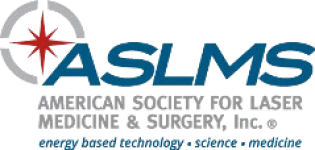There is a new treatment to prevent ongoing hair loss. Prostaglandin or PGD2 is now thought to play a significant role in the development of Baldness.
Researchers and dermatologists Dr. Luis Garza and Dr. George Cotsarelis of the University of Pennsylvania recently identified a form of prostaglandin, or PGD2, in both mice and men scalp areas where baldness exists. This gives hope that the ability to block the action of PGD2 or its recently identified targeted receptor, GPR44, early in the process of hair loss could prevent or stop hair loss altogether.
In a language both you and I can understand, this means no more male pattern baldness and possibly no more female pattern hair loss.
While the study tested the hair loss causing effects of prostaglandin on the bald areas of mice and men’s heads, future studies may indicate a similar effect in women.
Currently approved therapies for hair loss consist of an orally taken once-a-day tablet called Propecia or Finasteride combined with the topical solutions Rogaine or Minoxidil which is applied to the scalp twice a day as a liquid or foam. Finasteride blocks testosterone from being converted into dihidrotestorone, which has been found to play a significant role in male pattern baldness. Rogaine or minoxidil reinvigorates the hair follicle to prevent it from shrinking or miniaturizing.
The exact mechanism through which dihidrotestorone causes male hair loss is unclear. However, with this key development, we might soon see topical solutions of prostaglandin inhibitors applied to scalps to stop the balding process.
Will it work better than minoxidil or finasteride?
This is not clear yet, but test results are certainly promising. Current studies are testing the effectiveness of topical prostaglandin inhibitors. Test results suggest they work but before we can use prostaglandin inhibitors to treat baldness they must pass tests for safety and efficacy standards. Though even before the safety tests have been completed, we will likely see an explosion of topically applied products claiming to block prostaglandins without full scientific testing of whether those products actually work.
Not all prostaglandins are alike. This study specifically looks at the PGD2 pathway coupled with the GPR-44 receptor but not the PGD2 receptor 1 (PTGDR). Consequently it is necessary to test the right topical product on the pathway described. While studies were done in mice and men, we can not jump to the conclusion that any known substance that has the ability to block prostglandins will actually penetrate through the scalp and get into the hair follicle at the cellular level to block prostaglandin D2 in the right concentration to get the action described in this study.
So buyer beware of any future topical product claims. There is new hope in the horizon with this study for gene therapy and possibly the ability for directed gene therapy to completely stop the balding process. Time will tell.
Kudos to Dr. Garza and Cotsarelis for their research and dedication to combating hair loss.




